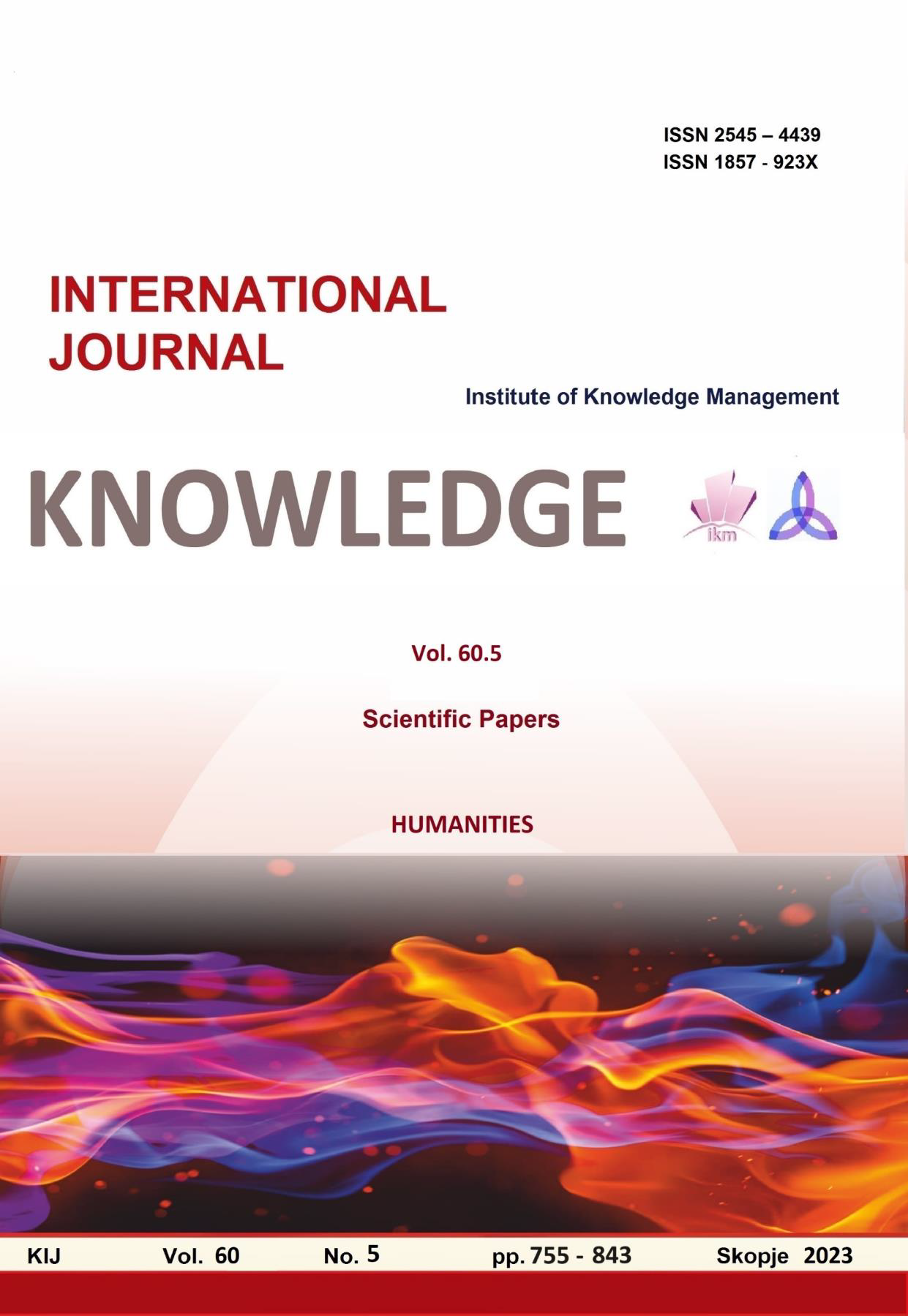TRANSLATION TECHNIQUES IN PIXAR ANIMATED FEATURE FILM TITLES - A COMPARATIVE STUDY OF BULGARIAN AND RUSSIAN TRANSLATIONS
TRANSLATION TECHNIQUES IN PIXAR ANIMATED FEATURE FILM TITLES - A COMPARATIVE STUDY OF BULGARIAN AND RUSSIAN TRANSLATIONS
Author(s): Radostina Vladkova IglikovaSubject(s): Language and Literature Studies, Theoretical Linguistics, Comparative Linguistics, Translation Studies
Published by: Scientific Institute of Management and Knowledge
Keywords: translation techniques;Pixar;animated feature films;movie titles;Bulgarian;Russian
Summary/Abstract: The present article offers a description and analysis of the various techniques used in the translation of Pixar animated feature film titles from English into Bulgarian and Russian. The fact that titles play an integral role in the initial presentation of a product and in the establishing of expectations in the target audience is well established. In this sense, the analysis of the existing practices in the translation and re-contextualization of a particular title into different languages and the potential motivation behind such choices is expected to be of interest for a broad audience - ranging from the common (or even keen) fans of animated movies, through marketing and advertising specialists, all the way to researchers in the fields of translation theory and practice, media- and culture studies. In terms of the historically established concurrent traditions in the field of translation in Western Europe and USA on the one hand and Russia on the other, Sirakova and Michev (2015) offer a summary of the different approaches and classifications. The theoretical aspects of terminological variability is an interesting issue as well, explored by and Harmon (2019) and Gambier (2018), among others. The western tradition includes the contributions by Vinay and Darbelnet, Urtado Albir and Molina Martinez, Nida, Newmark, Chesterman etc. The Russian tradition includes theoreticians such as Retsker, Barhudarov, Komissarov, Latishev, Alekseeva etc. For the purposes of the present research, the propositions by Albir and Molina will be employed, according to whom there is a clear disctinction between strategies of translation and translation techniques where strategies have to do with the process of translation and techniques - with its result. In view of the fact that the paper works with a corpus of film titles and their already existing established translations - that is, with the product of the translation - the only available object of observation, description and analysis includes the techniques and not the strategies of translation which the tranlator has used in the process of translating itself. Since the employed method of translation and the specific techniques at text level through which that method is realized are fundamentally interrelated, it can be assumed that the method can be recreated in the process of analysis based on the techniques observed. The specific strategies used by the tranlator in the process can only be subject to speculation and guessing, however, since, on the one hand, they can be not only verbal but also non-verbal, conscious and unconscious, and, on the other hand, the same strategy (regardless of whether it concerns problems with comprehension or with reformulation) can result in the selection of different techniques/combinations of techniques for resolving the problem which occurred.
Journal: Knowledge - International Journal
- Issue Year: 60/2023
- Issue No: 5
- Page Range: 817-820
- Page Count: 4
- Language: English

